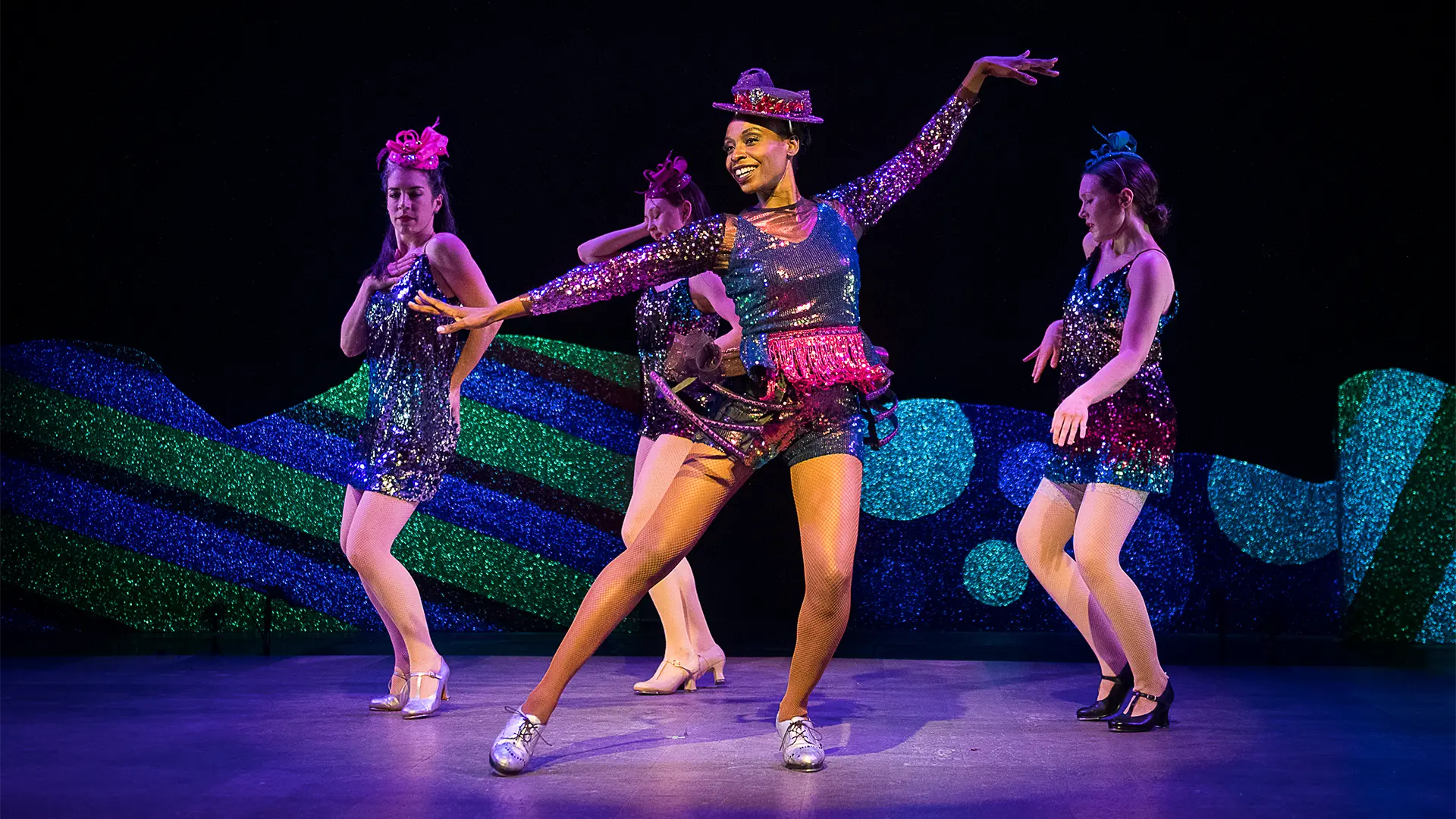By Michael J. Love
I recently had the opportunity to chat with Michelle Dorrance, Hannah Heller, and Josette Wiggan, the creator-collaborators of Dorrance Dance’s The Nutcracker Suite, who’ve approached their tap dance version of the holiday classic with a deep, intentional sense of imaginative play and child-like whimsy. Condensed here are their thoughts and musings on their influences, inspirations, process, and practices.
Dorrance: I fell in love with this particular Duke Ellington and Billy Strayhorn adaptation of the Tchaikovsky score when my mom [M’Liss Dorrance, co-founder of the Ballet School of Chapel Hill in North Carolina] and her colleagues, including my mentor, Gene Medler [founder of the North Carolina Youth Tap Ensemble], got together to create this thing that was barely like a Nutcracker when I was 11. The only version I'd ever seen before that was a classical ballet Nutcracker, which I did love. But I then saw my mom and her friends take risks in storytelling, investigate character, and create a story ballet for children. It imprinted so much on me to see that work go from the last run in the studio, to the tech process, to the stage. It blew my mind.
One of the things that is really important to Hannah, Josette, and me is keeping kids really, truly engaged. We’re not just waiting for “the Land of Sweets.” We want every step of the story to mean something. And, this is a show for adults and kids alike. I think, of course, the best children’s stories are.
The three of us are coming together to make this thing that ideally will ask young people to come into the space, to feel welcome, and to feel creative.
Wiggan: Jazz dance is America’s folk dance. Tap dance, Lindy Hop, Charleston, Black Bottom, solo jazz... These are all under the umbrella of Vernacular Jazz dance. To be able to take this classic ballet that is a holiday tradition in this country, compare it with a dance form that's one hundred percent American, and present it back to everyone to show, “Hey, this is who we are. This is part of our heritage and it should be celebrated,” has been such an amazing journey. We created a world, and we’re inviting everyone in. We wanted to take the playfulness, otherworldliness, and magic that jazz dance and music can create and make it a reality. But it comes from Ellington's music as the foundation and our research. And it comes from the work of women dancers who have been in the background for a very long time: Marie Bryant, Marion Coles, Consuela Harris, Norma Miller, Mable Lee, Daisy Richardson. There’s still countless others who contributed so much. When I was first listening to the score and setting the Sugar Rum Cherry choreography, I felt this heaviness, which is opposite of how this character is usually a little bit lighter and more buoyant. But I felt this grounded nature and this pull to the earth and that encompasses, I think, who these women were and what they represent. They grounded themselves and held onto the tradition. I wanted to create a solo in which their steps could still exist but be relevant today.


